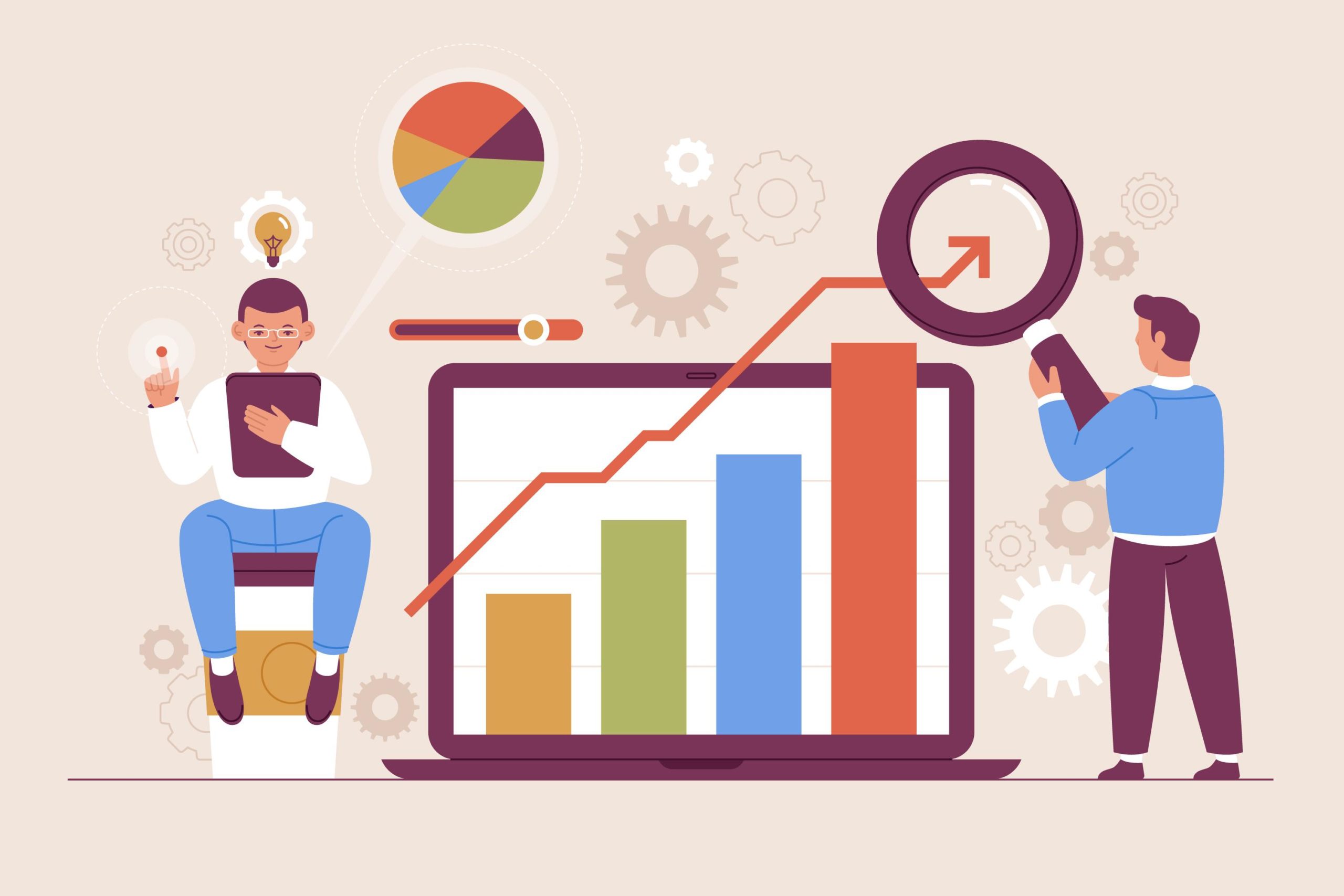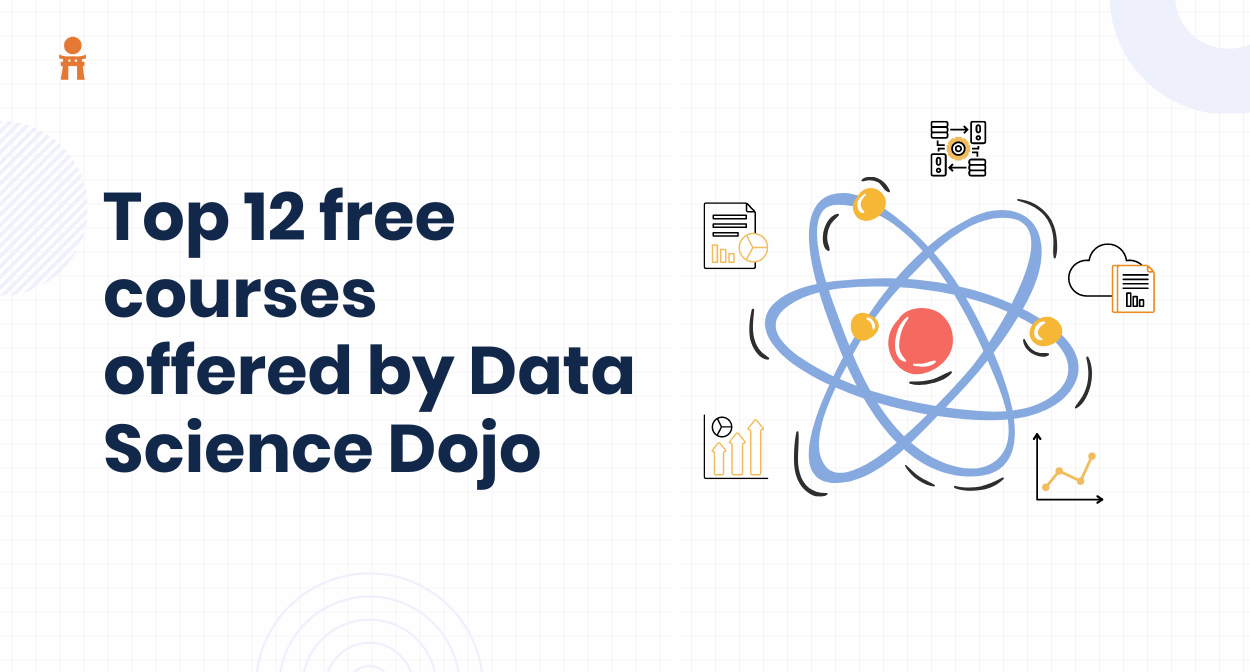Artificial Intelligence (AI) and Predictive Analytics are revolutionizing the way engineers approach their work. This article explores the fascinating applications of AI and Predictive Analytics in the field of engineering. We’ll dive into the core concepts of AI, with a special focus on Machine Learning and Deep Learning, highlighting their essential distinctions.
By the end of this journey, you’ll have a clear understanding of how Deep Learning utilizes historical data to make precise forecasts, ultimately saving valuable time and resources.

Different Approaches to Analytics
In the realm of analytics, there are diverse strategies: descriptive, diagnostic, predictive, and prescriptive. Descriptive analytics involves summarizing historical data to extract insights into past events. Diagnostic analytics goes further, aiming to uncover the root causes behind these events. In engineering, predictive analytics takes center stage, allowing professionals to forecast future outcomes, greatly assisting in product design and maintenance. Lastly, prescriptive analytics recommends actions to optimize results.
AI: Empowering Engineers
Artificial Intelligence isn’t about replacing engineers; it’s about empowering them. AI provides engineers with a powerful toolset to make more informed decisions and enhance their interactions with the digital world. It serves as a collaborative partner, amplifying human capabilities rather than supplanting them.
AI and Predictive Analytics: Bridging the Gap
AI and Predictive Analytics are two intertwined yet distinct fields. AI encompasses the creation of intelligent machines capable of autonomous decision-making, while Predictive Analytics relies on data, statistics, and machine learning to forecast future events accurately. Predictive Analytics thrives on historical patterns to predict forthcoming outcomes.
Read more –> Data Science vs AI – What is 2023 demand for?
Navigating Engineering with AI
Before AI’s advent, engineers employed predictive analytics tools grounded in their expertise and mathematical models. While these tools were effective, they demanded significant time and computational resources.
However, with the introduction of Deep Learning in 2018, predictive analytics in engineering underwent a transformative revolution. Deep Learning, an AI subset, quickly analyzes vast datasets, delivering results in seconds. It replaces complex algorithms with neural networks, streamlining and accelerating the predictive process.
The Role of Data Analysts
Data analysts play a pivotal role in predictive analytics. They are the ones who spot trends and construct models that predict future outcomes based on historical data. Their expertise in deciphering data patterns is indispensable in making accurate forecasts.
Machine Learning and Deep Learning: The Power Duo
Machine Learning (ML) and Deep Learning (DL) are two critical branches of AI that bring exceptional capabilities to predictive analytics. ML encompasses a range of algorithms that enable computers to learn from data without explicit programming. DL, on the other hand, focuses on training deep neural networks to process complex, unstructured data with remarkable precision.
Turbocharging Predictive Analytics with AI
The integration of AI into predictive analytics turbocharges the process, dramatically reducing processing time. This empowerment equips design teams with the ability to explore a wider range of variations, optimizing their products and processes.
In the domain of heat exchanger applications, AI, particularly the NCS AI model, showcases its prowess. It accurately predicts efficiency, temperature, and pressure drop, elevating the efficiency of heat exchanger design through generative design techniques.
|
Feature
|
Predictive Analytics |
Artificial Intelligence |
|---|---|---|
| Definition | Uses historical data to identify patterns and predict future outcomes. | Uses machine learning to learn from data and make decisions without being explicitly programmed. |
| Goals | To predict future events and trends. | To automate tasks, improve decision-making, and create new products and services. |
| Techniques | Uses statistical models, machine learning algorithms, and data mining. | Uses deep learning, natural language processing, and computer vision. |
| Applications | Customer behavior analysis, fraud detection, risk assessment, and inventory management. | Self-driving cars, medical diagnosis, and product recommendations. |
| Advantages | Can be used to make predictions about complex systems. | Can learn from large amounts of data and make decisions that are more accurate than humans. |
| Disadvantages | Can be biased by the data it is trained on. | Can be expensive to develop and deploy. |
| Maturity | Well-established and widely used. | Still emerging, but growing rapidly. |
Realizing the Potential: A Use Case
- Healthcare:
- AI aids medical professionals by prioritizing and triaging patients based on real-time data.
- It supports early disease diagnosis by analyzing medical history and statistical data.
- Medical imaging powered by AI helps visualize the body for quicker and more accurate diagnoses.
- Customer Service:
- AI-driven smart call routing minimizes wait times and ensures customers’ concerns are directed to the right agents.
- Online chatbots, powered by AI, handle common customer inquiries efficiently.
- Smart Analytics tools provide real-time insights for faster decision-making.
- Finance:
- AI assists in fraud detection by monitoring financial behavior patterns and identifying anomalies.
- Expense management systems use AI for categorizing expenses, aiding tracking and future projections.
- Automated billing streamlines financial processes, saving time and ensuring accuracy.
Machine Learning (ML):
- Social Media Moderation:
- ML algorithms help social media platforms flag and identify posts violating community standards, though manual review is often required.
- Email Automation:
- Email providers employ ML to detect and filter spam, ensuring cleaner inboxes.
- Facial Recognition:
- ML algorithms recognize facial patterns for tasks like device unlocking and photo tagging.
Predictive Analytics:
- Predictive Maintenance:
- Predictive analytics anticipates equipment failures, allowing for proactive maintenance and cost savings.
- Risk Modeling:
- It uses historical data to identify potential business risks, aiding in risk mitigation and informed decision-making.
- Next Best Action:
- Predictive analytics analyzes customer behavior data to recommend the best ways to interact with customers, optimizing timing and channels.
Business Benefits:
The combination of AI, ML, and predictive analytics offers businesses the capability to:
- Make informed decisions.
- Streamline operations.
- Improve customer service.
- Prevent costly equipment breakdowns.
- Mitigate risks.
- Optimize customer interactions.
- Enhance overall decision-making through clear analytics and future predictions.
These technologies empower businesses to navigate the complex landscape of data and derive actionable insights for growth and efficiency.
Enhancing Supply Chain Efficiency with Predictive Analytics and AI
The convergence of predictive analytics and AI holds the key to improving supply chain forecast accuracy, especially in the wake of the pandemic. Real-time data access is critical for every resource in today’s dynamic environment. Consider the example of the plastic supply chain, which can be disrupted by shortages of essential raw materials due to unforeseen events like natural disasters or shipping delays. AI systems can proactively identify potential disruptions, enabling more informed decision-making.
AI is poised to become a $309 billion industry by 2026, and 44% of executives have reported reduced operational costs through AI implementation. Let’s delve deeper into how AI can enhance predictive analytics within the supply chain:
1. Inventory Management:
Even prior to the pandemic, inventory mismanagement led to significant financial losses due to overstocking and understocking. The lack of real-time inventory visibility exacerbated these issues. When you combine real-time data with AI, you move beyond basic reordering.
Technologies like Internet of Things (IoT) devices in warehouses offer real-time alerts for low inventory levels, allowing for proactive restocking. Over time, AI-driven solutions can analyze data and recognize patterns, facilitating more efficient inventory planning.
To kickstart this process, a robust data collection strategy is essential. From basic barcode scanning to advanced warehouse automation technologies, capturing comprehensive data points is vital. When every barcode scan and related data is fed into an AI-powered analytics engine, you gain insights into inventory movement patterns, sales trends, and workforce optimization possibilities.
2. Delivery Optimization:
Predictive analytics has been employed to optimize trucking routes and ensure timely deliveries. However, unexpected events such as accidents, traffic congestion, or severe weather can disrupt supply chain operations. This is where analytics and AI shine.
By analyzing these unforeseen events, AI can provide insights for future preparedness and decision-making. Route optimization software, integrated with AI, enables real-time rerouting based on historical data. AI algorithms can predict optimal delivery times, potential delays, and other transportation factors.
IoT devices on trucks collect real-time sensor data, allowing for further optimization. They can detect cargo shifts, load imbalances, and abrupt stops, offering valuable insights to enhance operational efficiency.
Turning Data into Actionable Insights
The pandemic underscored the potency of predictive analytics combined with AI. Data collection is a cornerstone of supply chain management, but its true value lies in transforming it into predictive, actionable insights. To embark on this journey, a well-thought-out plan and organizational buy-in are essential for capturing data points and deploying the appropriate technology to fully leverage predictive analytics with AI.
Wrapping Up
AI and Predictive Analytics are ushering in a new era of engineering, where precision, efficiency, and informed decision-making reign supreme. Engineers no longer need extensive data science training to excel in their roles. These technologies empower them to navigate the complex world of product design and decision-making with confidence and agility. As the future unfolds, the possibilities for engineers are limitless, thanks to the dynamic duo of AI and Predictive Analytics.








